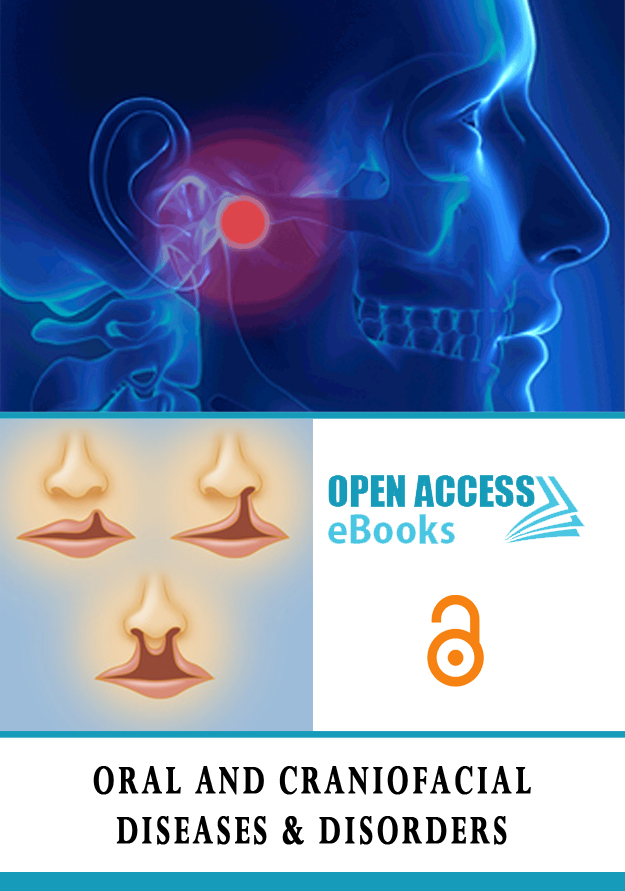List of Chapters
Complications following Total Temporo-Mandibular Joint Prosthetic Replacement
Author(s): Borja Gonzalez-Perez-Somarriba; Gabriel Centeno; Carpoforo Vallellano; and Luis Miguel Gonzalez-Perez*
Prostheses are artificial devices used to replace human body parts due to degenerative diseases, accident trauma or tumours. From the point of view of health care, the primary function of joint replacement with prosthesis is to relieve pain and restore function, which includes transmitting physiological loads and the provision of a physiological range of movement and an articulation with minimum friction and wear. It has been demonstrated that the use of appropriate biomaterials and design parameters can decrease material wear and increase the longevity of joint replacement devices. Therefore, as with any implanted functioning biomechanical device, revision surgery may be necessary to remove or replace the articulating components due to material wear or failure. The purpose of this chapter is to describe the complications following total temporo-mandibular joint replacement and, thereby, establish a rationale for the use of these devices in the long-term management of advanced-stage temporo-mandibular joint disorders, with an emphasis on engineering concepts and future improvements.
Oral Complications Following Radiation Therapy for Head and Neck Malignancy
Author(s): Masaya Akashi*, Takahide Komori, Tsutomu Minamikawa, Takumi Hasegawa, Mika Nishii, Kazunobu Hashikawa, Mennaallah Hassan Seddik, Ryohei Sasaki
Each year, head and neck cancer comprises more than 550,000 cases and contributes to 380,000 deaths, worldwide. Radiation Therapy (RT) is used for head and neck cancers as definitive, adjuvant, or palliative treatment. The most important advantage of RT, compared with surgery, is function preservation; however, normal tissue complications occur during (acute complications) or after (subacute and chronic complications) RT in some cases. Late adverse effects of RT cause serious oral complications, such as xerostomia and hyposalivation, trismus, dental caries, and osteonecrosis, resulting in decreased quality of life. The aim of this chapter is to review the aetiology and pathogenesis of oral complications (with particular focus on dental demineralization and osteoradionecrosis) through previous literature and our clinical experience.
Genetics of Orofacial Clefts
Author(s): Cristina-Crenguța Albu*
Orofacial clefts, cleft of the lip (CL) with or without cleft palate (CP), are one of the commonest birth defects, and may be associated with other congenital anomalies. The National Institute of Dental and Craniofacial Research (NIDCR) estimates that in the United States a baby is born every hour with a craniofacial defect. Genetics plays a very important role in normal craniofacial development, abnormal dental anomalies, and different dental diseases such as dental caries, periodontitis, and dental malocclusion. Identification of the molecular genetic pathways that dictate palatogenesis and lip formation could offer new and exciting possibilities for the prevention and therapy of orofacial clefts.
